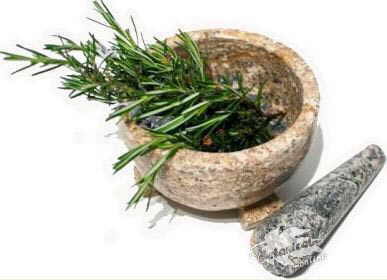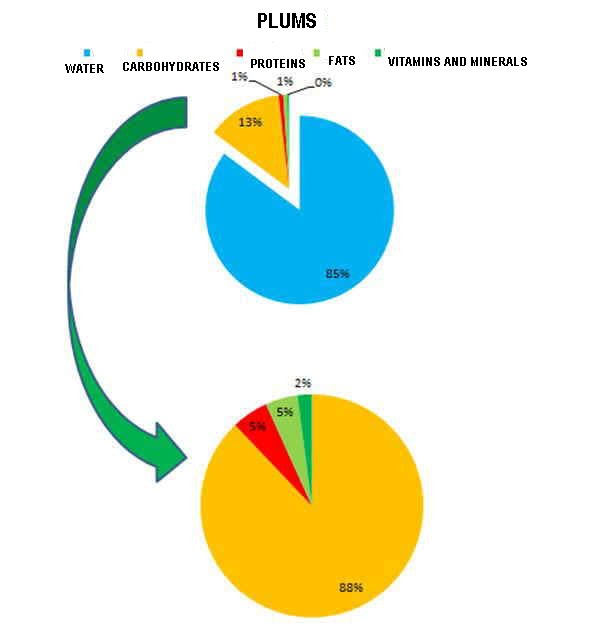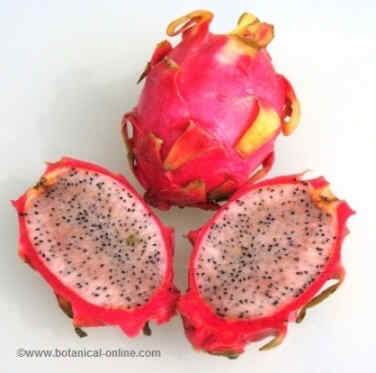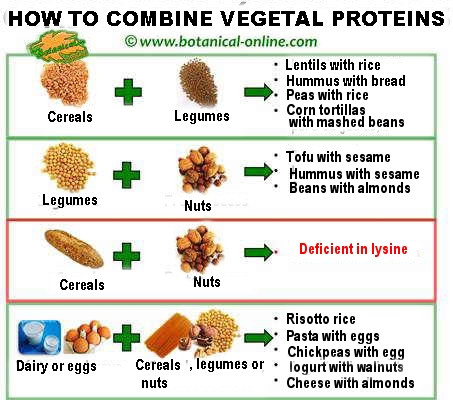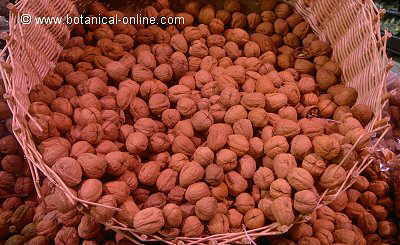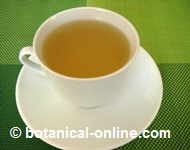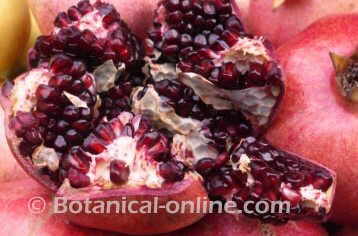Contents
- 1 Suitable food for tachycardias
- 1.1 FOOD TIPS TO PREVENT TACHYCARDIAS
- 1.2 Nutrition for tachycardias
- 1.3 Sweets and tachycardia. High-glycemic carbohydrates
- 1.4 Food with High-glycemic carbohydrates
- 1.5 Whole cereals, legumes and fruits. Low-glycemic carbohydrates
- 1.6 Proteins and tachycardia
- 1.7 Minerals to prevent tachycardias
- 1.8 Stimulants and tachycardia
Suitable food for tachycardias
FOOD TIPS TO PREVENT TACHYCARDIAS
Nutrition for tachycardias
Nutrition plays a fundamental role in controlling tachycardia by helping to prevent the causes and factors that predispose to its occurrence.
Sweets and tachycardia. High-glycemic carbohydrates
Sweet ingestion triggers insulin production in order to absorb glucose. If you eat a lot of sugar- containing foods, your body must produce a lot of insulin which can cause hypoglycemia (low levels of sugar in blood).
In order to reestablish the normal body levels of glucose, your adrenal glands pour out adrenaline that will be able to free some glycogen from the liver. Adrenaline liberation produces a sudden increment of heart beat
Control of sweets and other carbohydrates (sugars, fibers, and starches) have to be done taking into account how fast they are absorbed. If you want to prevent tachycardias you should control fast absorbing – carbohydrates, that should only be eaten occasionally and moderately.
Food with High-glycemic carbohydrates
This include:
– Potatoes
– Sweet potatoes
– Yucca (Cassava)
– French fries
– Bananas
– White bread or derivatives from refined wheat (white pasta) or refined cereals (barley, oats, couscous..)
– Refined breakfast cereals
– White rice
– Sugar
– Sugar containing soft drinks.
– Ice-creams
– Pastry
Whole cereals, legumes and fruits. Low-glycemic carbohydrates
Rich fiber carbohydrates are absorbed more slowly than refined carbohydrates. This is due to the action of the fiber than delays or diminish their ingestion. Carbohydrates with a lot of fiber are considered low glycemic carbohydrates People prone to tachycardias should eat foods containing this types of carbohydrates, such as:
– Whole bread or derivatives from whole wheat (whole pasta) or other whole cereals (whole barley, whole oats, whole couscous..)
– Whole breakfast cereals.
– Whole rice
– Vegetables (Not feculent ones: potatoes, yucca, sweet potatoes) Especially raw. Avoid fried vegetables if possible.
– Legumes: Although they are very feculent, they also contain a great amount of fiber which prevents a quick absorption of carbohydrates.
– Fruit (Not feculent: bananas) Very rich in fiber.
Proteins and tachycardia
Proteins take a longer time to be digested than carbohydrates, so they should have a considerable proportion in tachycardia diet, specially in people with very active metabolisms.
Meat is very rich in proteins, but it, specially red meat, also contains a great deal of saturated which can increase cholesterol, so it can be very harmful for heart and circulatory system. (See more information about Low cholesterol diet)
Legumes (beans, lentils, soy beans, peas, chickpeas…) also contain a lot of proteins, so they could be a substitute for meat protein. Among all the legumes we should point out soy beans as the richest of all of them. If you don’t want to eat meat, you should eat 3 or 4 servings a week. We must not forget that legume protein is lacking of some amino acids, so legumes should be combined with whole cereals to compensate them.
In case of not being vegetarian, lean meat is preferred (Chicken and turkey without skin). Even better to eat blue fish, which is very rich in omega-3 fatty acids very recommended for blood circulation. All of us, including vegetarian people, should eat at least a couple of servings of this type of fish a week (tuna, sardines, mackerel, herring, salmon, trout, etc. )
Minerals to prevent tachycardias
* Magnesium and tachycardia
Magnesium is really important to control heart rhythm, since it provides regularity to the heartbeat). We should eat foods rich in magnesium if we want our heart rate remains constant.
Many plant foods contain magnesium: spinach, lettuce, borage, asparagus, watercress, cucumbers, wheat, pumpkins, peas, radishes, plums, almonds, melons, celery, endives, grapes, beans, rice, apricots, raspberries, avocados, lentils, onions, pears, pineapples, oranges, papayas or peaches.
Potatoes and bananas are also very rich in magnesium but, as we have seen above, they should be eaten with care because they are high-glycemic foods.
* Potassium and tachycardia
Potassium allows the heart muscle relaxation after the stimulation by calcium, so a good potassium intake is necessary to avoid tachycardias.
Potassium is found in virtually all foods of animal origin. Even more important than animal foods are plant foods for their higher potassium content. Among the plant sources rich in this mineral are: beans, tomatoes, avocados, lentils, prunes, orange juice, melons, spinach, wheat germ, raspberries, currants, peaches etc.
Potatoes and bananas are, once more, very very in potassium. In case of tachycardia, Remember to reduce its consumption because of the arguments exposed above.
Stimulants and tachycardia
Ingestion of stimulants is responsible for many cases of tachycardia. If a person is prone to this type of arrhythmia is better to dispense products such as coffee, tea, chocolate or drinks that contain caffeine. Of course, it is also necessary not to take any kind of stimulant drugs such as cocaine, ephedrine or amphetamines.
![]() More information about tachycardias natural treatment.
More information about tachycardias natural treatment.


